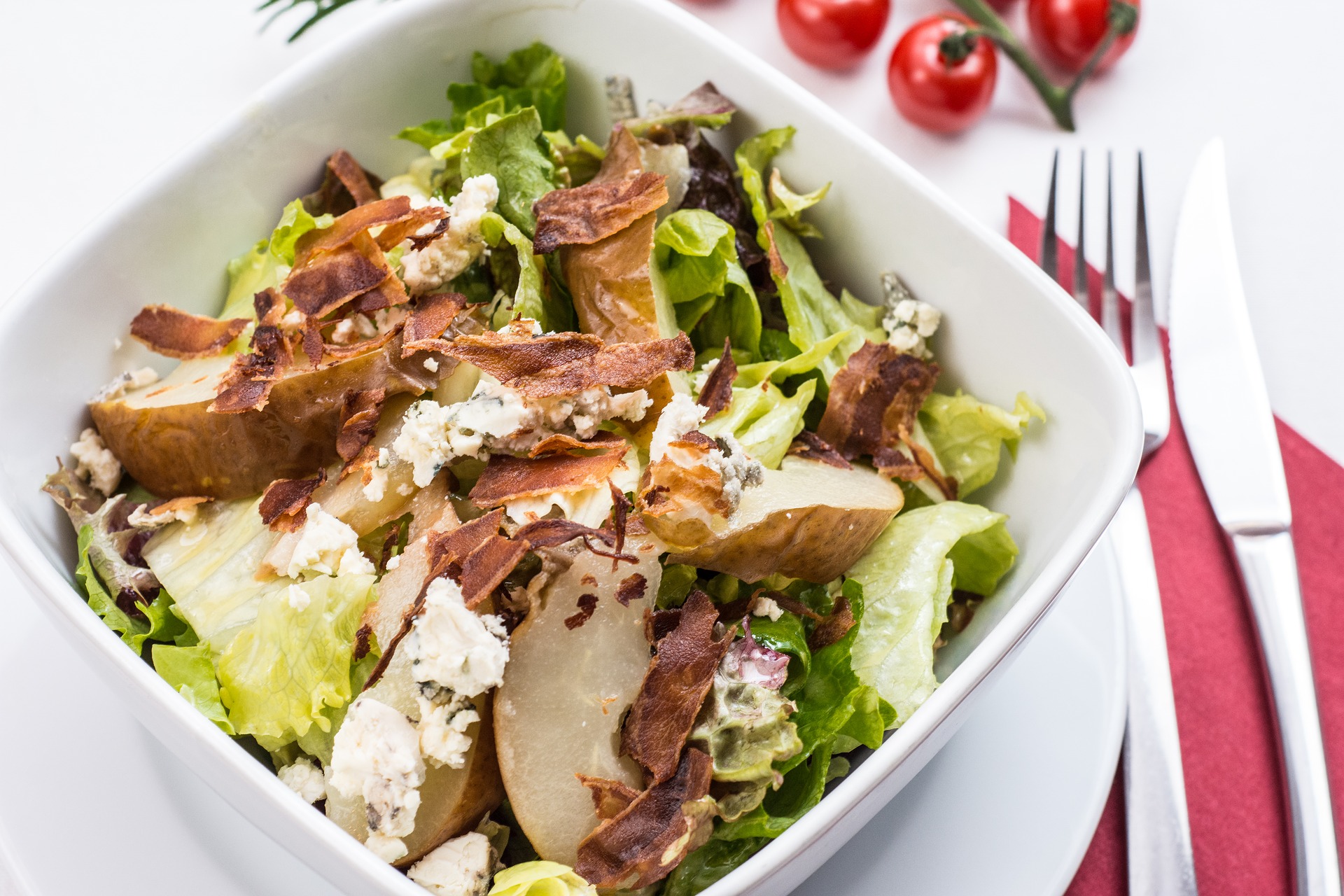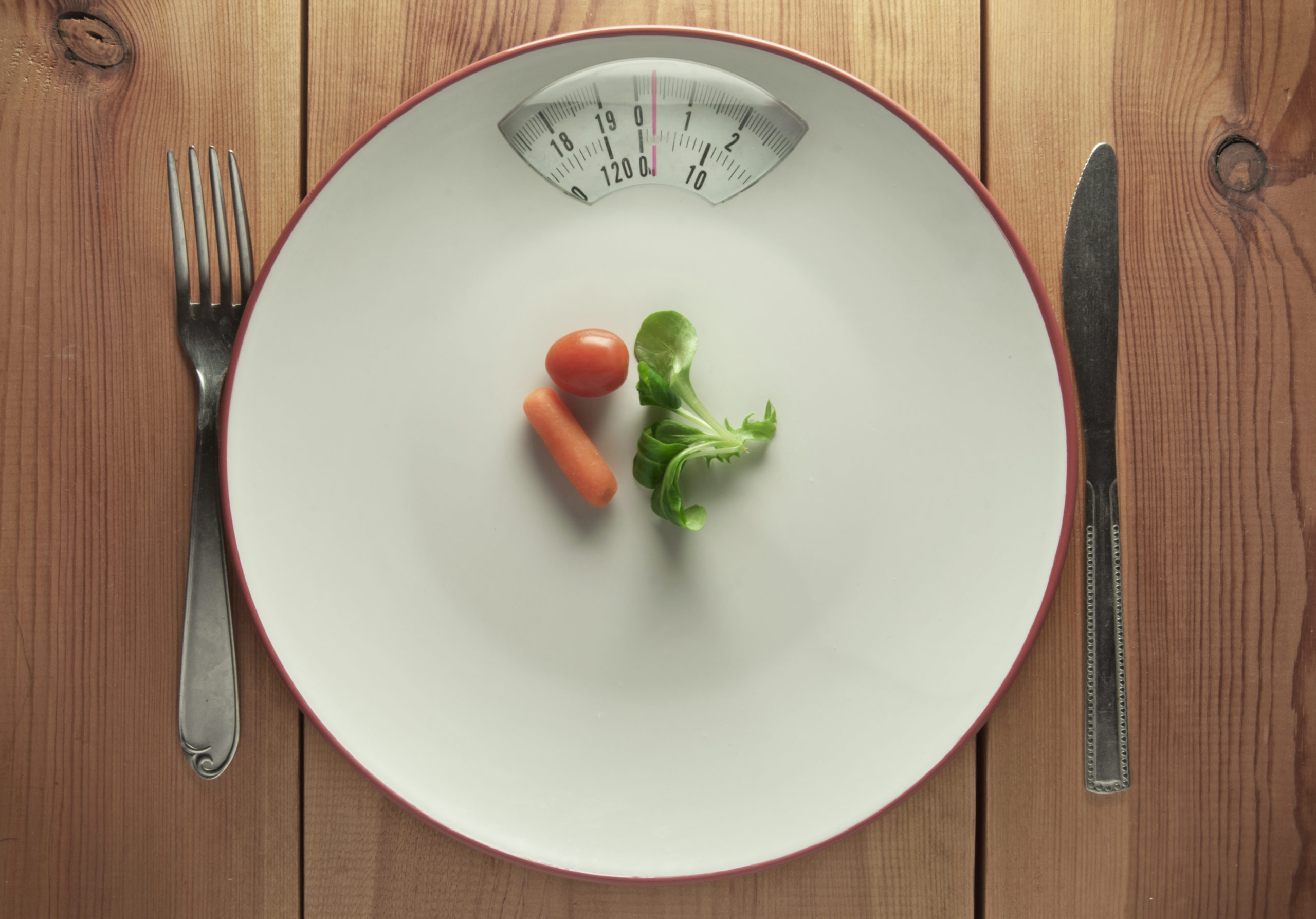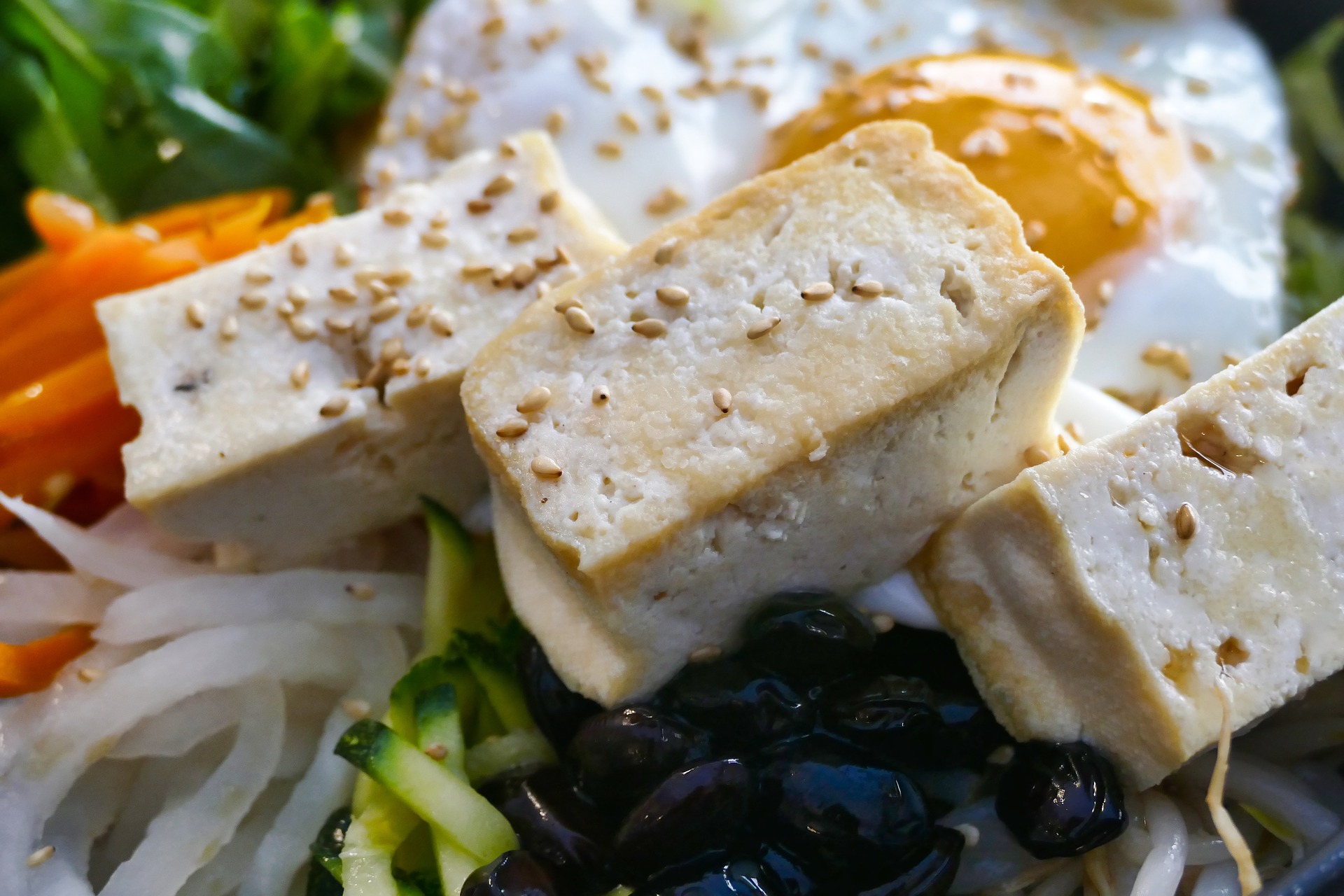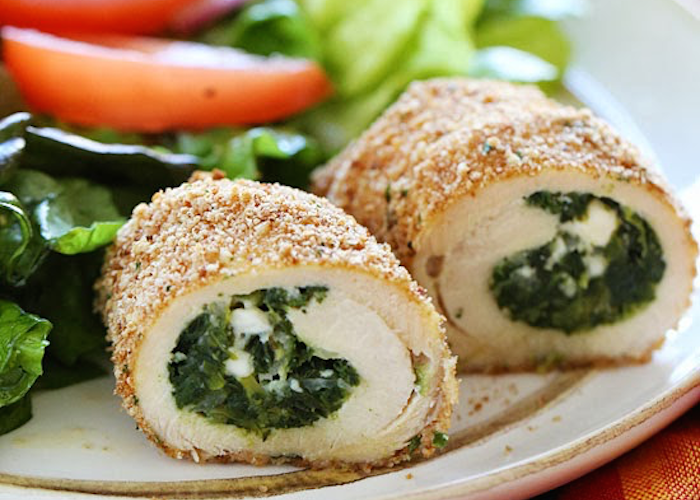If you’re looking to cut your carbohydrate intake, or you’re experimenting with a ketogenic diet, you’ll need to put a lot of thought into your meal planning. After all, going low-carb means giving up everyday diet staples like rice, bread, and noodles. Sodas, milk, and juice are also heavy on carbs (and can cause spikes in blood sugar that you want to avoid).
So what will you eat on a low-carb diet? The basics are pretty simple – you’ll focus on non-starchy vegetables, fatty nuts and seeds like avocado, meat, and seafood. But after a while, the basics can feel pretty… basic. And you might find it harder and harder to resist your old favorites.
Not to worry! We’ve assembled this list of versatile, low-carb foods that will quiet your hunger pangs without making you feel like you’re missing out. But first, a few things to consider before starting your low-carb diet.
Why choose low-carb foods?
Many people choose a low-carb diet to jump-start their weight loss goals, and these diets can be effective in that regard. But studies also suggest that low-carb diets aren’t more effective than low-fat diets in the long term. And neither is a magic bullet.
You should be wary of any diet that is too restrictive. Carbohydrates aren’t the enemy! In fact, glucose – which your body uses carbs to produce – is your brain’s primary source of energy. This is related to the “keto flu” some people go through when they first begin restricting carbs. Eventually, your brain will get used to using ketones as its primary energy source and you’ll start to feel clear-headed again. But it can be a very difficult transition.
A lot of research still needs to be done to fully understand the long-term effects of this kind of diet, and many doctors advise against using this diet plan for longer than 6-12 months. You may experience short term success that helps you stay motivated – but it’s imperative that you develop a long-term plan that accounts for the ups and downs you’ll almost certainly experience while eating low-carb.
Whatever your diet plan is, it’s important to eat a variety of food, and be mindful of the amount of meat you consume. Diets high in red meat have been associated with a higher risk of cardiovascular disease, cancer, and other chronic diseases.
Still interested in the low-carb diet? We’ve got your back! Below, we’ve rounded up some of the best recipes around. But you don’t have to be on a low-carb diet to enjoy these nutritious foods. Staying aware of how dips and spikes in your blood sugar affect you can be beneficial, even after you’re done with this diet. Read on to learn about the best low-carb foods to keep you full and help you resist unhealthy snacks.
Low-carb foods to try
- Eggs
- Chia seeds
- Cauliflower
- Coconut
- Squash
- Turnips
- Lettuce wraps
- Fish and seafood
- Water
1. Eggs
Hard-boiled eggs are convenient to take with you for snacks, but it’s hardly the only way to enjoy them. Each egg has less than one carb, 6 grams of fat, and 5 grams of protein, making this food an excellent staple for a low-carb diet if you’re trying to cut back on meat. Of course, if you are following a keto diet, you’ll need to be mindful of the ratio of fat to protein that you intake. But if you cook your eggs with healthy fats like butter, you’ll be able to get a better ratio. Here’s some inspiration to keep variety with your eggs:
- This keto-friendly omelette features plenty of fresh greens to stretch out your meal.
- These egg muffins can be made in advance to save you some time in the morning.
- This egg-salad is blended with creamy avocado for a savory lunch.
- This quiche uses an almond crust to keep it low-carb.

2. Chia seeds
Chia seeds are loaded with healthy fats and fiber and give you a protein boost to boot. One ounce has 10 grams of fiber, with only 2 net carbs, and about 5 grams of protein. Because they are so high in soluble fiber, chia seeds absorb liquid and swell to a delicate, creamy texture that can make a great breakfast mush. They’re also perfect for throwing in salads for some extra crunch and adding to smoothies. Check out a few of these recipes for some low-carb chia treats that will keep you satisfied throughout the day:
- This low-carb chia pudding is great for breakfast or an afternoon snack.
- Try this versatile low-carb cinnamon smoothie recipe to inspire your own concoctions.
- Check out these peanut butter and chia seed energy bars when you need to plan ahead.
- Learn how to make this delicious salad that uses a simple, chia-based dressing.
3. Cauliflower
Because cauliflower has such a mild flavor, people have figured out countless ingenious ways to sub it in for foods they’re trying to avoid. It certainly helps that it’s rich in vitamins, high in fiber, and low in calories. Plus, cauliflower can be pretty cheap when it’s in season. And surprisingly, nearly a third of its calories come from protein.
- Don’t sleep on riced cauliflower – it’s a simple and delicious way to cut the carbs from your stir-fries.
- Try this mashed cauliflower to experience the creamy, buttery goodness of mashed potatoes with a fraction of the carbs.
- Check out these Buffalo cauliflower wings for a guilt-free indulgence.
- And we can’t leave out this three-ingredient cauliflower pizza crust.

4. Coconut
If you’ve never enjoyed a fresh green coconut, you’re missing out. The coconut water is refreshing and mildly sweet, with a distinct nutty flavor, and once you’ve finished it, you can enjoy scoop after scoop of soft, succulent coconut meat. Because the meat has loads of fiber and easy-to-digest medium-chain fatty acids, it can be very satisfying. Note that coconut water is high in carbs, so you may opt to use canned coconut milk, coconut flakes, or coconut flour in recipes.
- This scrumptious coconut curry features plant-based protein.
- Try this keto coconut chicken curry for a filling dinner.
- These sugar-free coconut blondies mean you don’t have to skip dessert.
- This coconut-flour flatbread is flexible enough for any filling.
5. Squash
There’s always squash in season – whether it’s winter varieties like pumpkin, butternut, and spaghetti, or the summer favorites like zucchini and crookneck squash. And the countless low-carb squash recipes out there reflect that variety, whether you’re subbing them in for pasta or making them into warming coconut curries. Squash is loaded with vitamins and is an excellent source of potassium, which is crucial for people on low-carb diets. Some squash varieties have more carbs than others, so be sure to check the numbers before you buy.
- Try these keto-friendly pumpkin breakfast bars.
- This yellow squash casserole is decadent and filling.
- You only need to try these zoodles once to crave them again and again.
- This butternut-squash risotto is a sneaky way to load up on vegetables.
6. Turnips
Potatoes and other starchy vegetables can be tough for some people to give up. And while parsnips, rutabagas, and beets can also work as a substitute, turnips are the go-to root vegetable for lowering your carb intake. Filling and versatile, they are a low-carb staple for a reason. With the right preparation, turnips can quickly become a new favorite in your diet.
- These all-star turnips will satisfy your breakfast hash cravings.
- Turnips can also be used for an incredible potato salad.
- If you can’t shake that French fry craving, try this recipe for crispy turnip fries.
- These cheesy turnips are an awesome swap for potatoes au gratin.

7. Lettuce wraps
Burgers, tacos, and sandwiches usually feature high-carb grain-based wraps and buns… but that doesn’t mean you can’t get your fix on a low-carb diet. By using sturdy leafy greens as a vehicle, you can skip the fork and still have an easy meal on the go.
- These BBQ Chicken kale-wraps are a nutritional powerhouse
- If you want to incorporate more plant-based protein into your diet, try these tofu lettuce wraps.
- This chicken-club wrap skips all three slices of bread (but feel free to keep the frilly toothpicks!).
- This bun-free burger uses greek yogurt for a creamy sauce.
8. Fish and seafood
You’ll need the highest quality fats when choosing a low-carb diet, and studies on the fat compositions of marine fish have shown them to have ideal ratios of omega 3-6 fatty acids. For a low-carb diet, it’s best to choose high-quality cuts of fatty fish like salmon with skin. Still, canned fish like tuna and mackerel are great if you have to budget your time or money.
- This salmon recipe can put dinner on the table in 20 minutes!
- You can make these tuna patties for the work week ahead, or to share.
- This tangy lemon dish has a crisp, low-carb breading.
- If you miss your favorite take-out noodles, try this keto shrimp pad thai.
9. Water
Okay, so this isn’t food. But you’ll have to be extra mindful of your daily liquid intake on a low-carb diet. If you’re used to drinking juice, milk, or soda throughout the day, stay vigilant about replacing them with water! While a lot of the veggies you consume will be high in water, dehydration is one of the most common side effects of a low-carb or keto diet.
Drinking more water has benefits for any diet. In fact, many people confuse feelings of thirst with hunger, and end up eating instead of drinking. Research shows that people who drink a glass of water before eating are more likely to eat fewer calories and still feel full longer. If you can’t quite stand to drink a plain glass of agua, try soaking some cucumber slices or raspberries in a chilled pitcher of water.

Foods to limit on a low-carb diet
- Refined grains
- Sugar alcohols
- Lean meat
- Beer
- Refined or hydrogenated oils
1. Refined grains
You don’t have to totally abstain from grains for a low-carb diet. But you do need to choose wisely. Eating unrefined, whole grains has a lighter impact on your blood sugar levels than processed grains. Sure, whole wheat is better than white flour – but the grains that take the longest to digest are the ones that haven’t even been processed into flour, like brown rice or whole oats.
Even if you’re not on a low-carb diet, evidence suggests that whole grains are associated with weight loss. It’s thought that because they take longer to digest while providing fewer calories, you’re less likely to overeat when you incorporate whole grains into your diet.
2. Sugar alcohols
Many people on a low-carb diet tend to rely on sugar alcohol to add sweetness to homemade low-carbs snacks and desserts. These include compounds like glycerin, erythritol, sorbitol, xylitol, mannitol, and maltitol. Unlike artificial sweeteners, sugar alcohols do affect your carbohydrate intake.
Because your body can’t fully digest sugar alcohols, they wind up in your intestines, where they are metabolized by your gut bacteria. This can cause digestive issues like gas, bloating, and diarrhea. This unpleasant side effect of sugar alcohols can make you skip your workouts and ruin your mood. Rather than finding sugar substitutes, you can try some alternative methods to deal with your sweet tooth.
3. Lean meat
A low-carb diet will often be rich in fat. And that’s okay! Eating too much protein, on the other hand, can cause a range of health issues. That’s why it’s important to be mindful of your intake of low fat, protein-heavy foods like lean meats.
Eating excess protein prompts your body to change the protein into glucose, which will make maintaining ketosis impossible if you’re on the keto diet. Getting too many calories from protein can also be hard on people with kidney disease, and even healthy people may be more likely to get kidney stones from high protein intake. Your body will also have to handle much higher levels of nitrous oxide and ammonia than it’s used to, which can be hard on your kidneys, liver, and GI tract.
4. Beer
There’s a reason it’s called liquid bread. Beer is high in grains and often has added sugars like lactose. That doesn’t mean you can’t enjoy an adult beverage – spirits like vodka or whiskey generally don’t have any carbs in them (just skip the flavored ones). Of course, drinking too much can lower your inhibitions, which can make it a lot harder to resist late-night junk food. Combining restrictive diets and alcohol takes a lot of willpower, so if you’re already struggling, it’s best to wait until you’ve reached your goals.
5. Refined or hydrogenated oils
Margarine, canola, and vegetable oil blends are highly processed and often need to be cleaned with chemical agents to be safe for consumption. They also have a poor balance of omega fatty acids, which can lead to chronic inflammation and cardiovascular disease. Hydrogenated oils contain trans fats, which the FDA no longer recognizes as safe. And because your diet will be higher in fat, eating these oils will only increase the adverse effects. Instead, choose oils that require minimal processing, like olive oil, butter, coconut oil, and avocado oil.

Is the low-carb diet worth trying?
The short answer is: maybe. A review comparing diets with different macronutrient intakes didn’t offer any evidence that one was superior to any other. What they did find was that diets high in whole grains with lots of fiber and plenty of nuts were more associated with weight loss – and diets high in red meat were more associated with weight gain.
Becoming mindful of the quantity and types of food you consume each day can be beneficial. If sticking to a low-carb diet for a few weeks helps you do that, then that’s great. But restriction is not your only option (or your best option) for weight loss! Making lifestyle adjustments can be just as important. Sleep, physical activity, and mental wellbeing should all be part of your weight loss strategy.
If you find yourself feeling hungry throughout the day, your body is trying to tell you something, and you should try to listen. Creating a healthy, loving relationship with your body – and getting proper nutrition and exercise – will help you meet your goals more successfully, no matter what diet you choose.
At Noom, we can help you create a diet plan that accounts for the emotional and psychological bumps along the way. Our coaches can help you make a flexible plan for sustainable weight loss, and our wonderful community will give you the support you need to stick with it! Find out more about how Noom can help you today,









